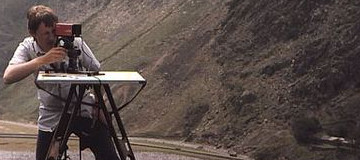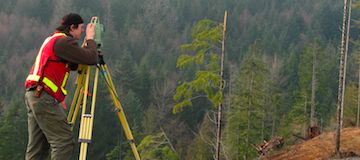The standards that land surveyors adhere to have been updated seven times since they were first introduced in 1962. The most recent update took place in 2011. For over a year, the American Land Title Association (ALTA) has been working with the National Society of Professional Surveyors (NSPS). Together, representatives from each organization have been laboring over a revamped set of standards.
There are currently 14 pages of suggested revisions to the 2011 standards, and a working draft is currently in the process of revision. Since the American Congress of Surveying and Mapping (ACSM) was absorbed by the NSPS, the updated standard’s title may be changed to reflect the changes in the organization. The new title may be revised to “The Minimum Standard Detail Requirements for ALTA/NSPS Land Title Surveys.” Other changes to the standard are much more substantial.
Some of the most relevant changes include:
Clarifications and guidance in the areas of the surveyor’s responsibility in regards to research, as well as guidance for locating and depicting streets and roads. Utility features will need to be shown in new surveys; this will no longer be optional. Updated descriptions will be annotated with the reason for the update, and how the described land relates to the previous record.
Several items will be clarified in the new standards, including Table A items that were negotiated differently from their description in the 2011 Standards. One major concern with Table A item 19 regarding wetlands will be addressed with clarifications to prevent any misunderstanding of the standards that have frequently happened in the past.
Certain surveyor liability issues will be addressed by the removal of Table A item 20b. The updates and clarifications to the standards will, it is hoped, better reflect the current needs of surveyors, landowners, and other interested parties, and improve the quality of information gathered and recorded in these surveys.







